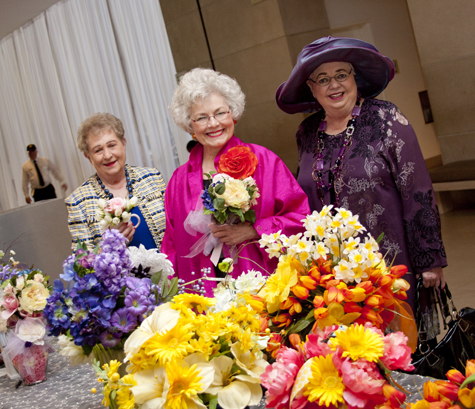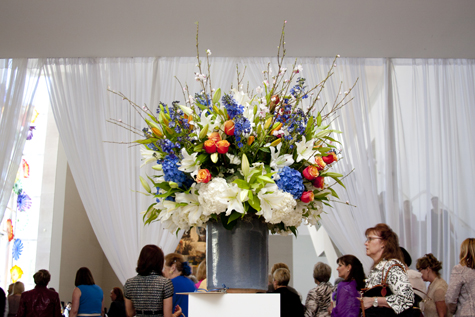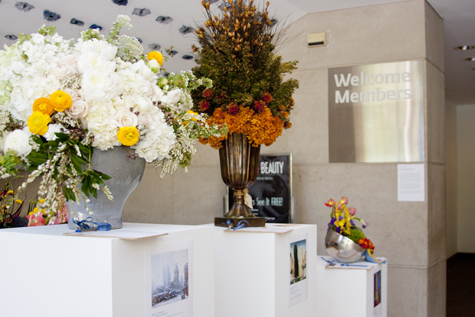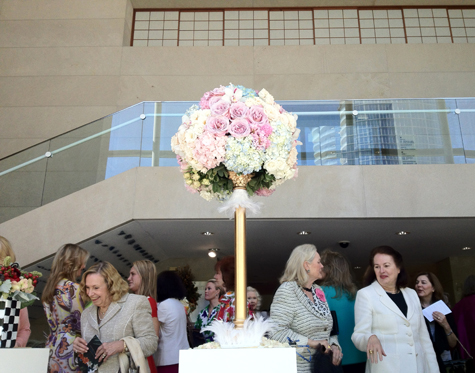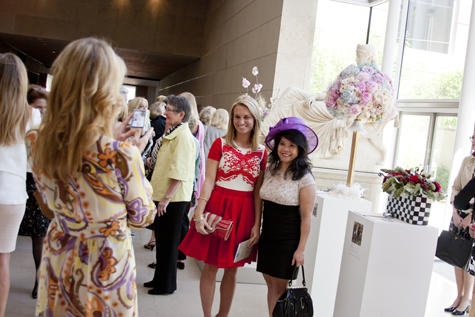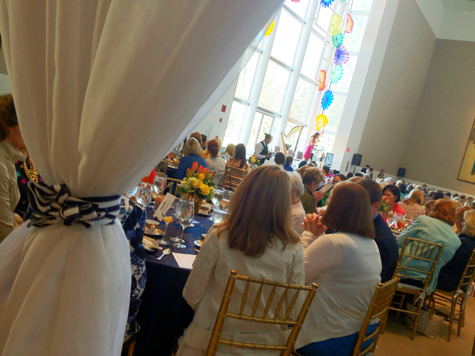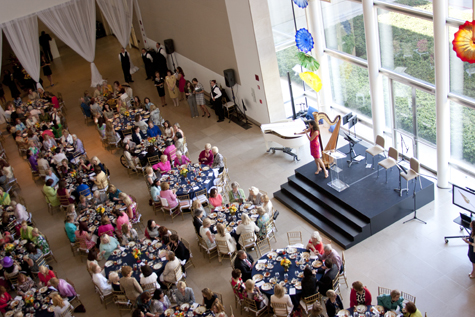Considered by some to be the DMA’s Mona Lisa, Frederic Edwin Church’s The Icebergs has been a destination icon for museum visitors ever since it was placed on display in 1979. Measuring slightly over 7 feet high and 11 feet wide in its frame, and weighing a cumbersome 425 pounds, it is the anchor of the American galleries in both a figurative and literal sense. Consequently, its presence is as keenly felt as its absence. Yet, there are times when a museum must make a sacrifice—albeit reluctantly–in the support of new art historical scholarship.

Frederic Edwin Church, “The Icebergs,” 1861, oil on canvas, Dallas Museum of Art, gift of Norma and Lamar Hunt, 1979.28
The Icebergs is to play a pivotal role in the presentation of the upcoming exhibition The Civil War and American Art, which will open at the Smithsonian American Art Museum and travel to the Metropolitan Museum of Art in New York. Longtime members of the DMA will be pleased to know that this important exhibition has been organized by the DMA’s former curator of American Art Dr. Eleanor Jones Harvey, who has been with the Smithsonian American Art Museum since 2003. The exhibition will feature key works by America’s greatest artists of the era. These works channeled the conflicting emotions of a nation coming to grips with a reality that altered the very fabric of its identity and transformed its once unassailable optimism into dread for the unknown outcomes that lay ahead.
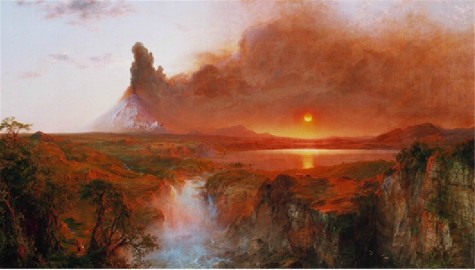
Frederic Edwin Church, “Cotopaxi,” 1862, oil on canvas, Detroit Institute of Arts, Founders Society Purchase, Robert H. Tannahill Foundation Fund, Gibbs-Williams Fund, Dexter M. Ferry Jr. Fund, Merrill Fund, Beatrice W. Rogers Fund, and Richard A. Manoogian Fund, Photo courtesy Detroit Institute of Arts
Key to charting the path from America’s loss of faith to its eventual hope of redemption will be four monumental landscapes by Frederic Church: The Icebergs, Cotopaxi, Aurora Borealis, and Rainy Season in the Tropics. The first two works have often been paired in a binary context of arctic and tropics, but, in this presentation, their multiple layers of meaning are to be revealed. In the case of The Icebergs, Church changed its title to The North for its debut just twelve days after the beginning of the war in 1861. He also donated all the ticket proceeds to the Union Red Cross. In his painting of the following year, Cotopaxi, Church depicted paradise rent asunder by the volcanic and explosive forces of nature as a symbolic reflection of the cleaving of a nation. A month before the end of the war, Church exhibited Aurora Borealis, wherein the darkness of the endless arctic winter echoed the weariness that dominated the American psyche. In Rainy Season in the Tropics, presented in 1866 after the close of the war, Church delivered the viewer—and a nation—from its trials and tribulations into a paradise redeemed by a nourishing rain and the promise of a double rainbow.
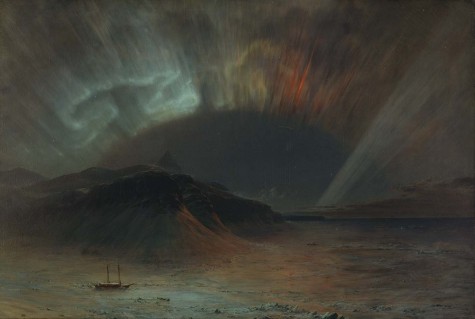
Frederic Edwin Church, “Aurora Borealis,” 1865, oil on canvas, Smithsonian American Art Museum, Gift of Eleanor Blodgett, Photo courtesy Smithsonian American Art Museum
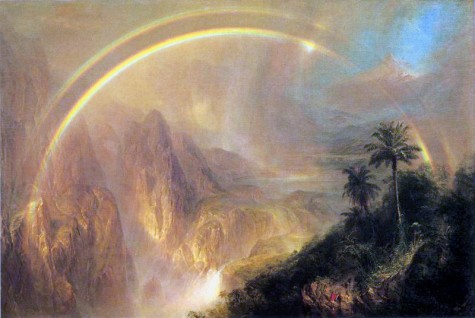
Frederic Edwin Church, “Rainy Season in the Tropics,” 1866, oil on canvas, Fine Arts Museums of San Francisco, Museum purchase, Mildred Anna Williams Collection
For those wanting to bid a fond farewell to The Icebergs before its departure, please be sure to do so before mid-October, when it will be removed from view. If you would like to see the DMA’s masterpiece in the context of the exhibition, it will be at the Smithsonian American Art Museum in Washington, D.C., November 16, 2012–April 27, 2013, and then in New York at the Metropolitan Museum of Art May 21–September 2, 2013.
Sue Canterbury is The Pauline Gill Sullivan Associate Curator of American Art at the Dallas Museum of Art.
